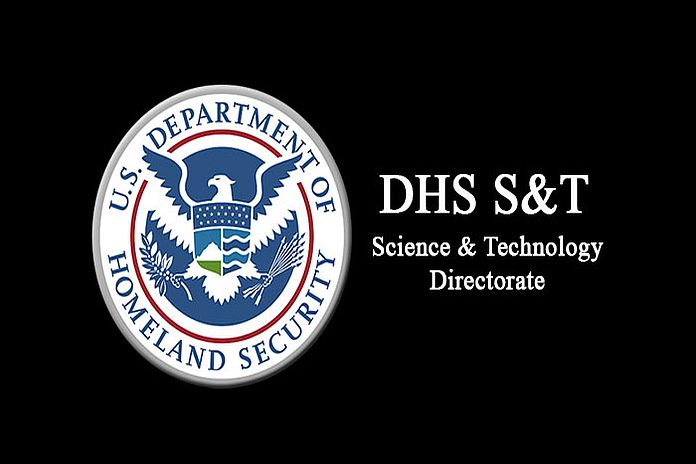WASHINGTON, USA – The Department of Homeland Security (DHS) Science and Technology Directorate (S&T) added a new calculator to their online tools today to estimate the natural decay of SARS-CoV-2 (the virus that causes COVID-19) in the air under various environmental conditions.
Using the results of ongoing research being conducted at S&T’s National Biodefense Analysis and Countermeasures Center (NBACC) in Maryland, the tool is designed to assist response efforts and minimize person-to-person transmission by analyzing environmental factors that may impact the ability of the virus to spread.
“This groundbreaking research into how COVID-19 spreads and the new interactive model from DHS S&T will have far-reaching impact,” said William N. Bryan, DHS senior official performing the duties of the Under Secretary for Science & Technology. “The easily accessible tool allows officials, the medical community, and individuals to make more informed decisions to protect their own health and well-being.”
Preventing the spread of SARS-CoV-2 is critical to reducing the impact of COVID-19 in the absence of an effective treatment. Transmission is believed to happen through airborne respiratory particles from breathing, talking, and coughing, and potentially through contact with contaminated surfaces. S&T research that uses simulated saliva finds survival of the virus depends greatly on its environmental conditions, with the virus most stable indoors and least stable in the presence of sunlight. Two studies by S&T researchers have been featured in the Oxford Academic Journal of Infectious Diseases, with the most recent – Airborne SARS-CoV-2 is Rapidly Inactivated by Simulated Sunlight – published this week.
S&T’s predictive model evaluates the impact of conditions with temperatures ranging from 50 to 86 degrees Fahrenheit, relative humidity of 20-70 percent and sunlight with an ultraviolet (UV) index up to 10. The UV index is a measure of the intensity of ultraviolet radiation reaching the earth from the sun and can be estimated for local areas in the continental United States using this tool from the Environmental Protection Agency (EPA).
The new web-based SARS-CoV-2 airborne predictive model has been added to the previous tool that models survival of SARS-CoV-2 on non-porous surfaces indoors. S&T also produces the Master Questions List (MQL), which quickly summarizes scientific research to determine what is known about the virus and what additional information is needed. These resources are being produced as part of S&T’s Probabilistic Analysis for National Threats Hazards and Risks (PANTHR) program and are updated regularly as additional data become available.





